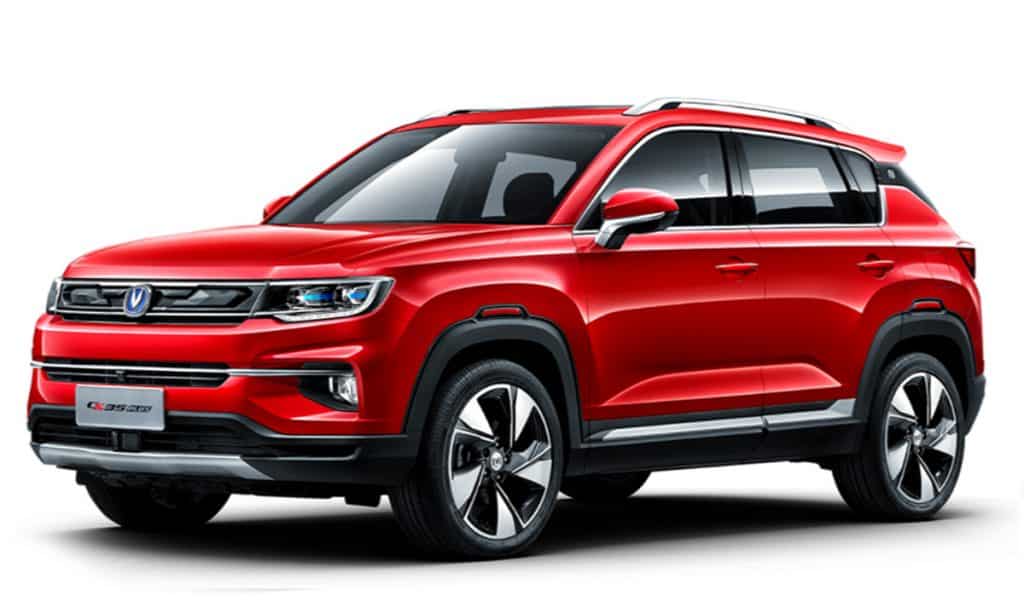In celebration of The Philippine STAR’s 35th anniversary today, we travel back in time to look back at each of the milestones in the Philippine car industry, from 1986—the year of The STAR’s founding and the debut of its very first issue—all the way until this present year.
Without further do, here are those landmark events and models.
And then there were two
1986
By 1986, there were only two car manufacturers, Mitsubishi and Nissan. The latter had the aging Stanza, while the former had the even older “box-type” Lancer. Nonetheless, it was the Lancer that was highly desired, especially the bespoilered GT variant.
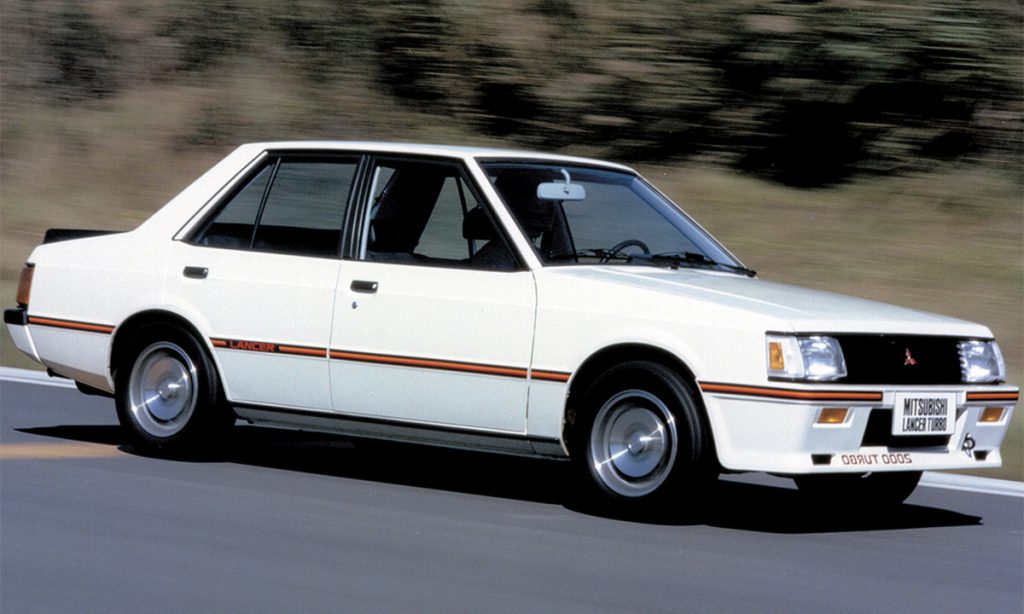
1987
Nissan became the go-to brand in ’87 with the new box-type B12 Sentra and the midsize Maxima, which quickly became a status symbol luxury sedan.
The big guy returns—and is soon followed by a big, new player
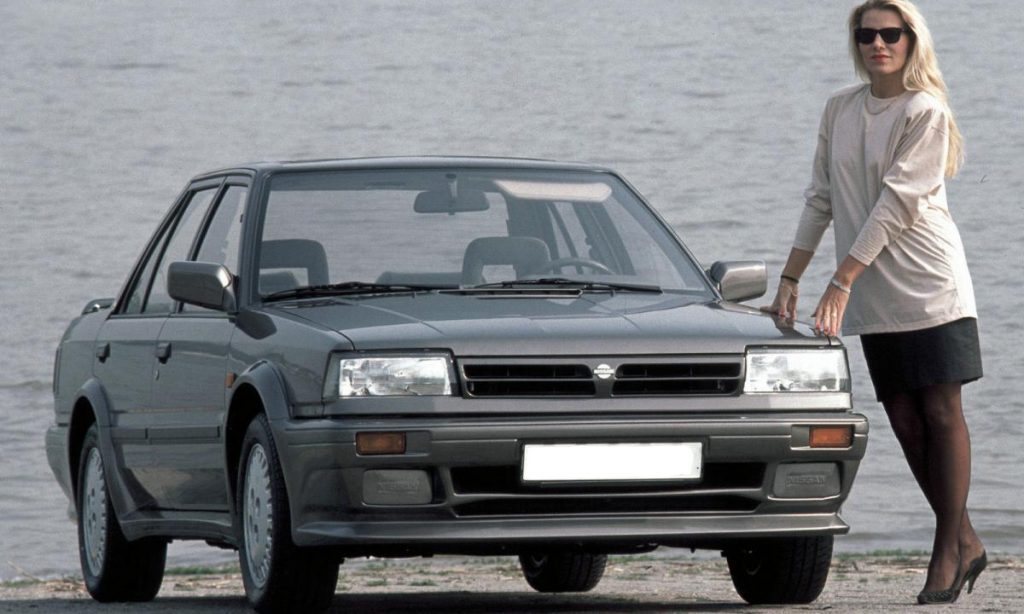
1988
Less than three years after the closure of the Silverio-owned Delta Motors Corp., which was the previous local Toyota distributor, Japan’s No. 1 carmaker is back as Toyota Motor Philippines (TMP).
1989
The Toyota Corolla hits the market, first as an SKD model, then as a locally manufactured model. This is also the same year CATS Motors opened, introducing Filipinos to a much more varied array of Mercedes-Benz models.
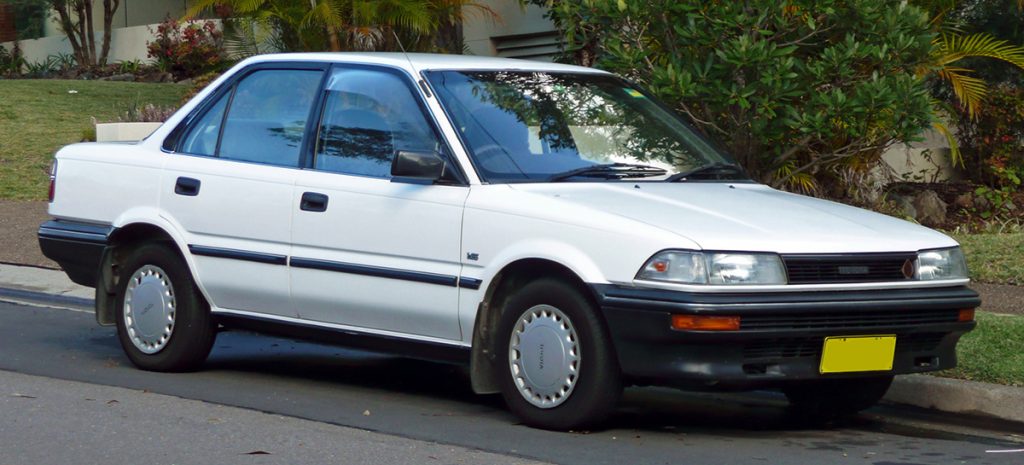
1990
Honda enters the Philippine market with the Civic 1.2L hatchback, its entry into the government’s People’s Car Program, which also produced other small cars like the Kia Pride, Fiat Uno, and Daihatsu Charade. Before long, Honda would introduce the bigger Civic sedan with 1.5L and 1.6L engines.
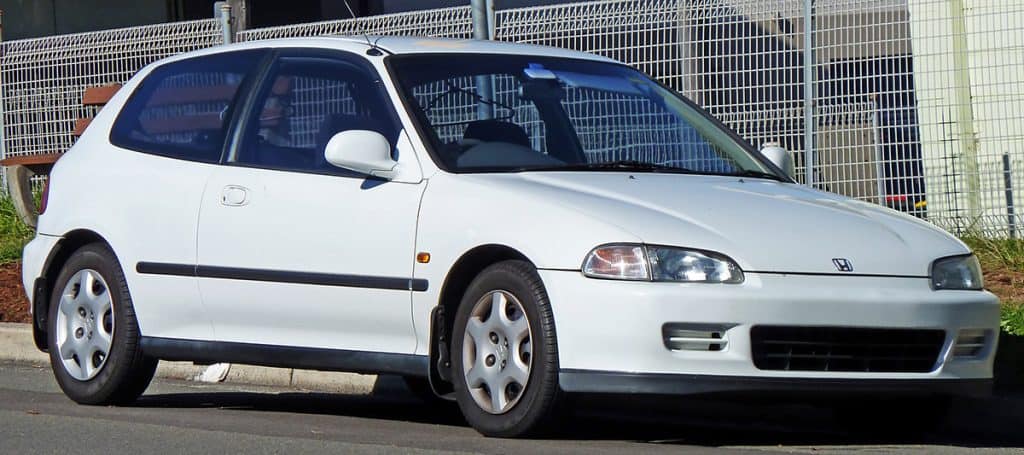
1991
Nissan fought back against the onslaught of the new Corolla and Civic with the first fuel-injected model (and the first available automatic transmission) in its class, the Sentra B13. A face-lifted version of this Sentra would also be the first to offer ABS in a local model two years later.
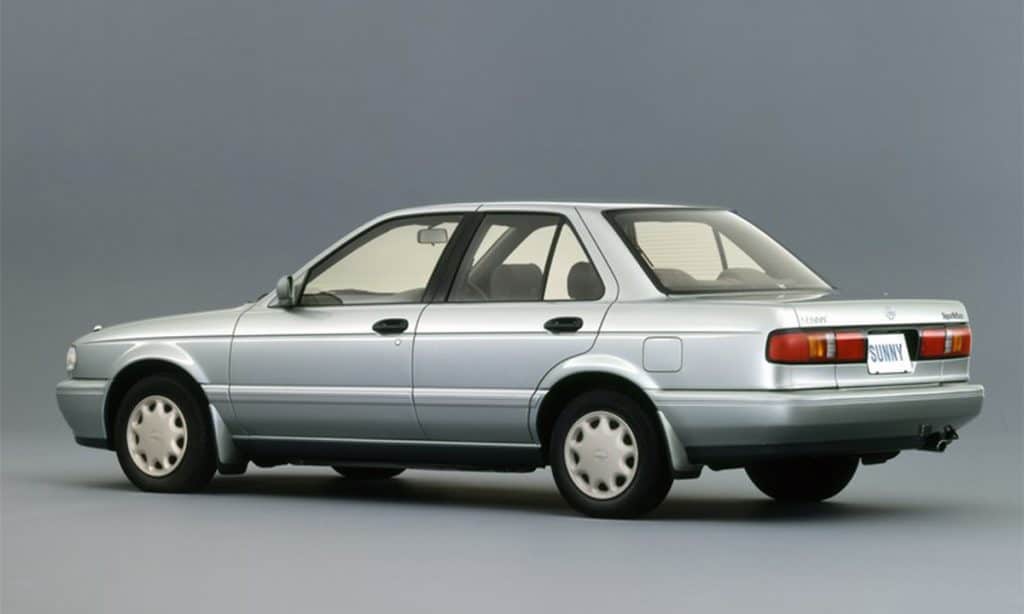
1992
Honda starts local production of the Civic, Meanwhile, Mitsubishi launches the Space Wagon. Pre-dating the now-common three-row seven-seater MPVs and crossovers of today by a good 25 years, the Space Wagon was simply ahead of its time. Mitsubishi sold a fair deal of these versatile vehicles.
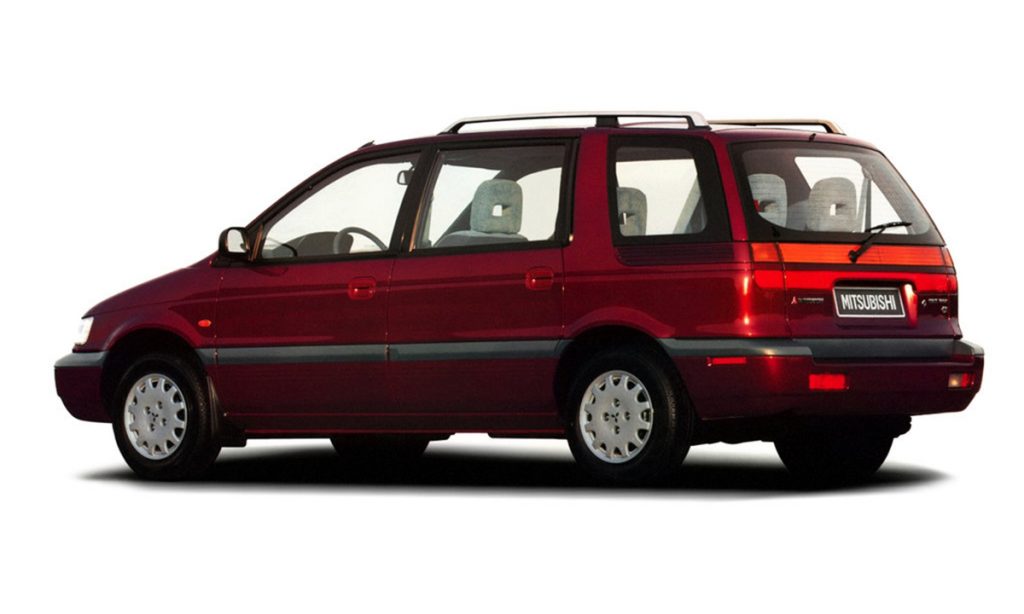
The Toyota-Honda-Mitsubishi wars—and the Europeans land on our shores
1993
Toyota launches its “big body” AE101 Corolla. Almost every taxi in the country would be of this spectacularly successful model. And almost every car-owning household had one.
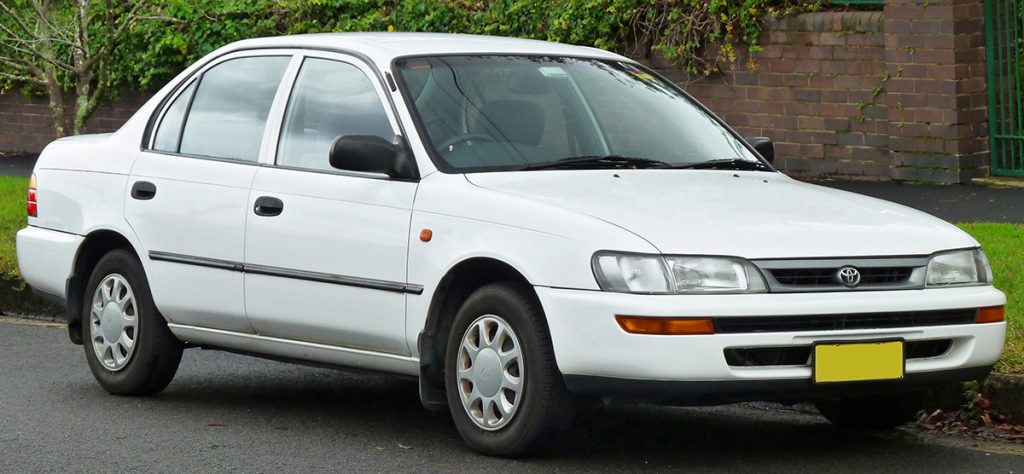
1994
Honda would dominate the executive sedan class with its sleek and sharp-looking 1994 Accord. But that’s not the only good news for luxury car buyers. Volvo enters the local market with the luxurious 850 sedan and wagon while BMW does the same with the sporty 3 Series under the Columbian Group’s Asian Carmakers Corp. Both luxury cars were locally assembled.
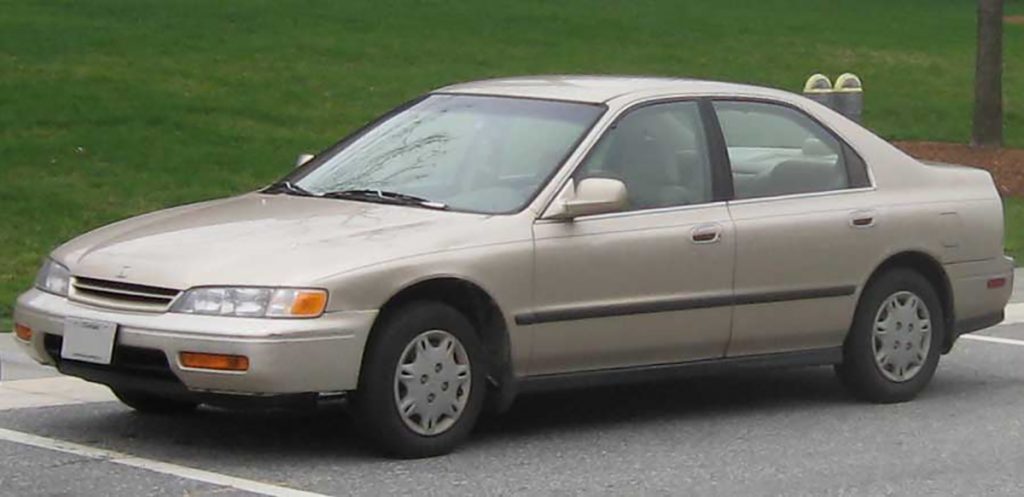
1995
Isuzu Philippines Corp. (IPC) begins local operations, initially with the Hilander Asian utility vehicle or AUV, as these models were referred to then. The Fuego pickup, predecessor of today’s D-MAX, would follow in 1997. Until not too long ago, Isuzu was a strong Top 5 player in the local market, despite having only three consumer models.
1996
PGA Cars, the exclusive Philippine importer and distributor of Audi, Porsche, Bentley, and Lamborghini, begins operations. Mitsubishi fights off the Accord with the Galant Super Saloon and V6-powered VR, both of which proved highly popular.
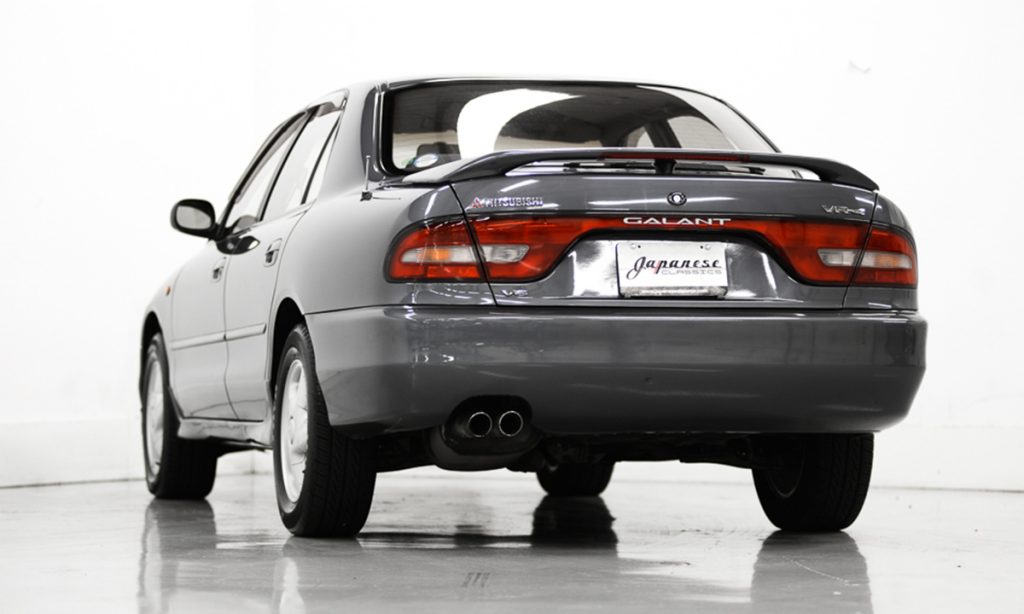
1997
Mitsubishi debuts a strong small sedan contender in the Lancer “pizza pie” model, but it was its version of the AUV, the Adventure, that took the local market by storm. The whole world is rattled, however, by the Asian financial crisis. Nonethless, the local market is stimulated by the appearance of not just two completely new models, but a completely new genre—the car-based SUV—in the new Toyota RAV 4 and Honda CR-V.
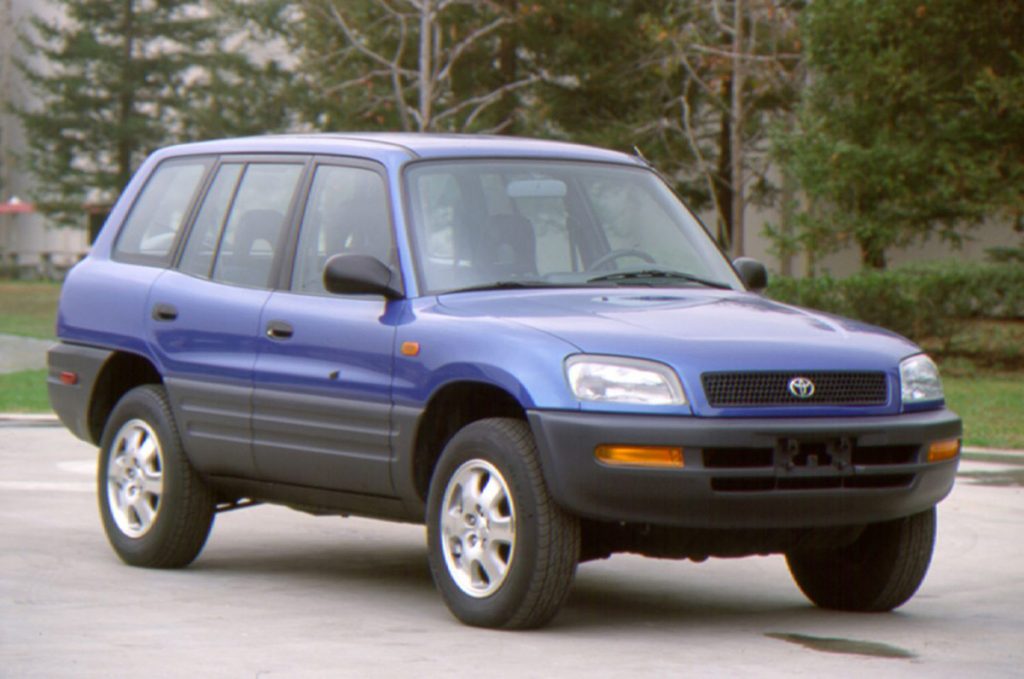
1998
Ford was popular locally in the 70s and early 80s, but disappeared from the local scene in the mid-80s. The Blue Oval reentered the Philippines in 1997 in a big way—literally—with the rollout of the hulking F-150 full-size pickup truck and the equally huge first-gen Expedition.
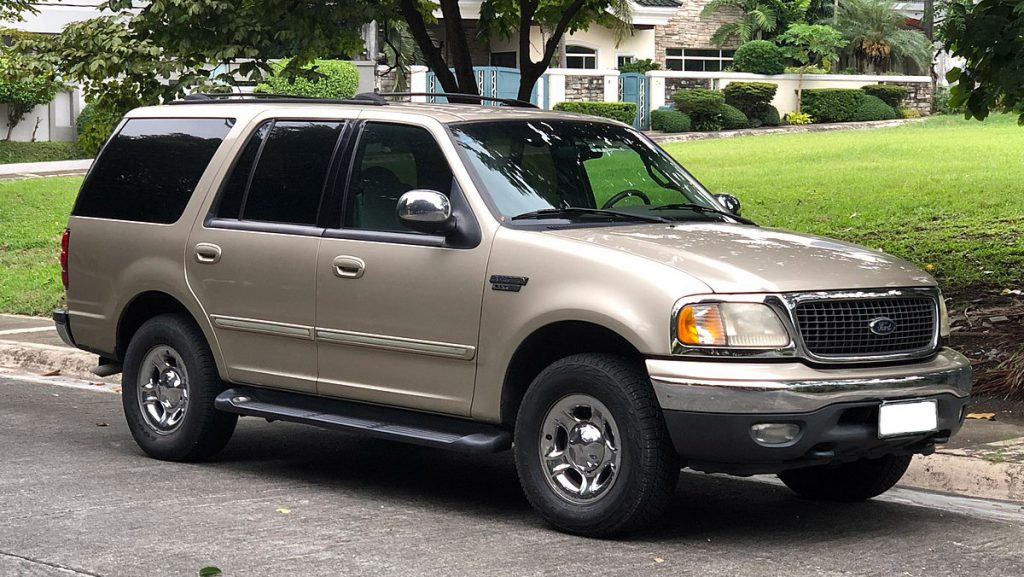
1999
Suzuki Philippines, which until this time sold only motorcycles, began its automotive operations. Honda goes from strength to strength as it unveils an all-new Civic (top-billed by the fabulous 160hp SiR) and a completely new nameplate in the first-gen City, which heralded a new category—the subcompact class.
2000
Suzuki unveils its flagship model, the Grand Vitara, joining the RAV 4 and CR-V as the early pioneers of the crossovers—even if that term wouldn’t be coined for another 15 years or so. Mitsubishi brings in its globally popular four-door sports car, the World Rally Championship-winning Lancer Evo VI.
Recovering from the financial crisis
2001
Although the Hyundai brand had been on the local market since the 90s with the Grace van and Excel sedan, it wouldn’t be until 2001 when the current distributor, Hyundai Asia Resources Inc. (HARI), would commence Philippine operations. It has since brought in one of the most prolific numbers of models to the local market, rivaling even the model count of Toyota.
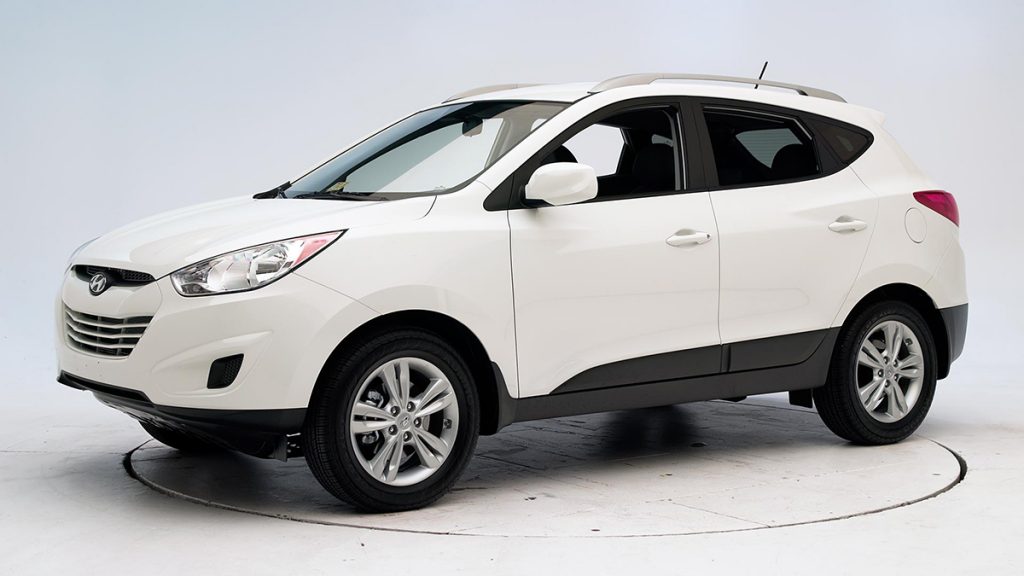
2002
Toyota seemed to be content to sit on the sidelines as the Galant and Accord fought it out in the midsize sedan wars. That is, until it launched the second-generation Camry. The substantially bigger new model would start almost two decades of nonstop domination by the brand in this category.
2003
With compact sedans getting bigger and bigger, Toyota joined Honda in introducing a subcompact sedan model with the first-ever Vios. This new model would soon overtake its own Corolla sibling on its way to its perennial “bestselling car in the Philippines” title.
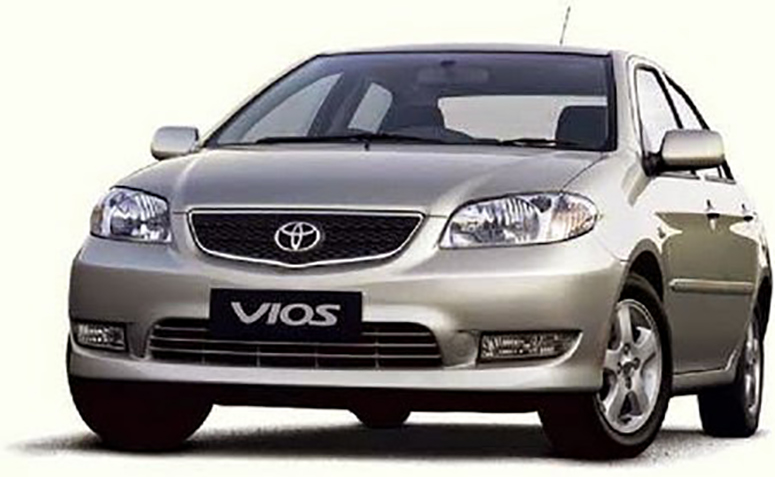
2004
Isuzu follows up the squarish Hilander with the good-looking Crosswind, which turns out to become the most successful model for the brand.
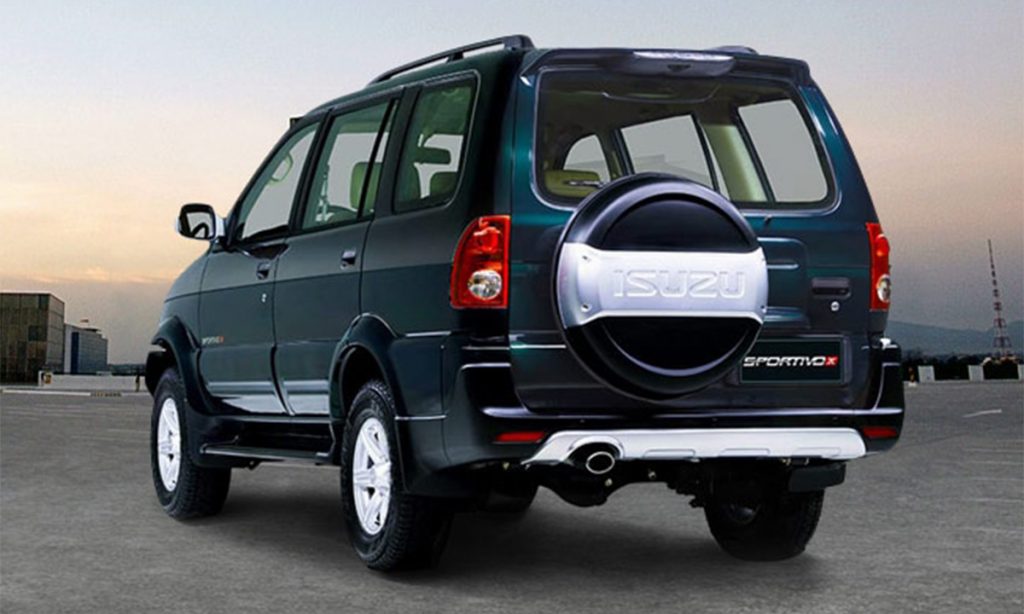
2005
PGA Cars opens its 3,000-sqm Porsche Center Philippines, in full compliance with the strict corporate identity guidelines of Dr. Ing.h.c. F. Porsche AG. No luxury sports car brand has ever been in better hands in the Philippine market.
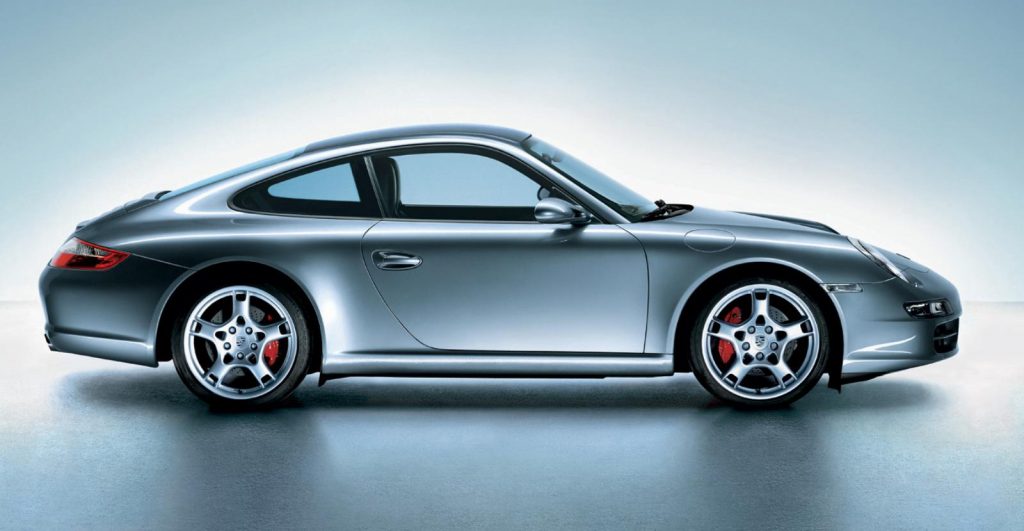
A glorious renaissance of car brands and car sales
2006
Subaru enters the Philippines a third time (the first two were via Columbian Group in the 90s and GM Philippines in the early 2000s) with Motor Image Pilipinas (MIP). But while Subaru may be a more known brand for most laypeople, it would be a Chinese brand in Foton, which also entered the local market in 2006 through United Asia Automotive Group Inc. (UAAGI), that would be the first newcomer to enter the country’s Top 10 in overall sales some years later.
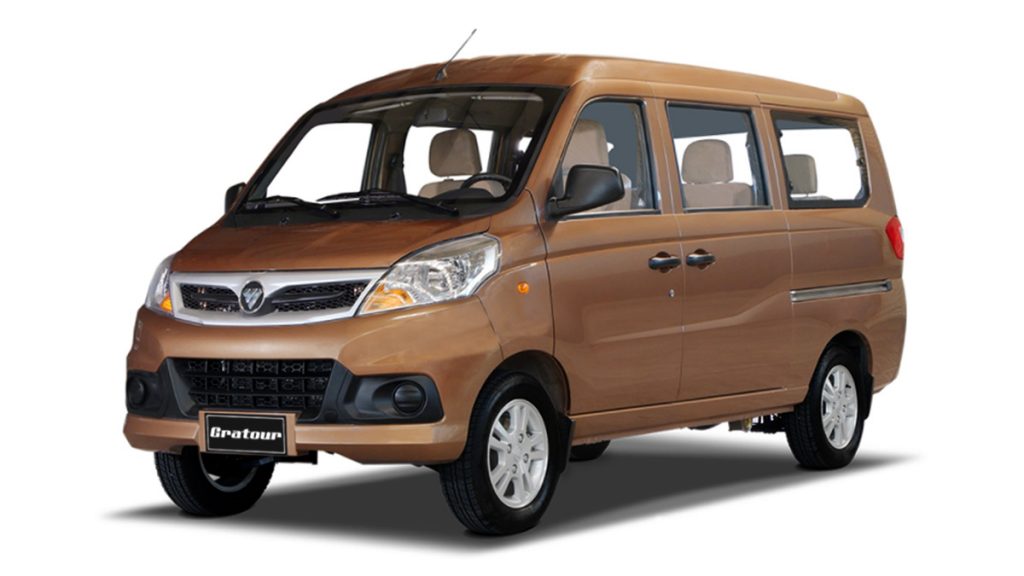
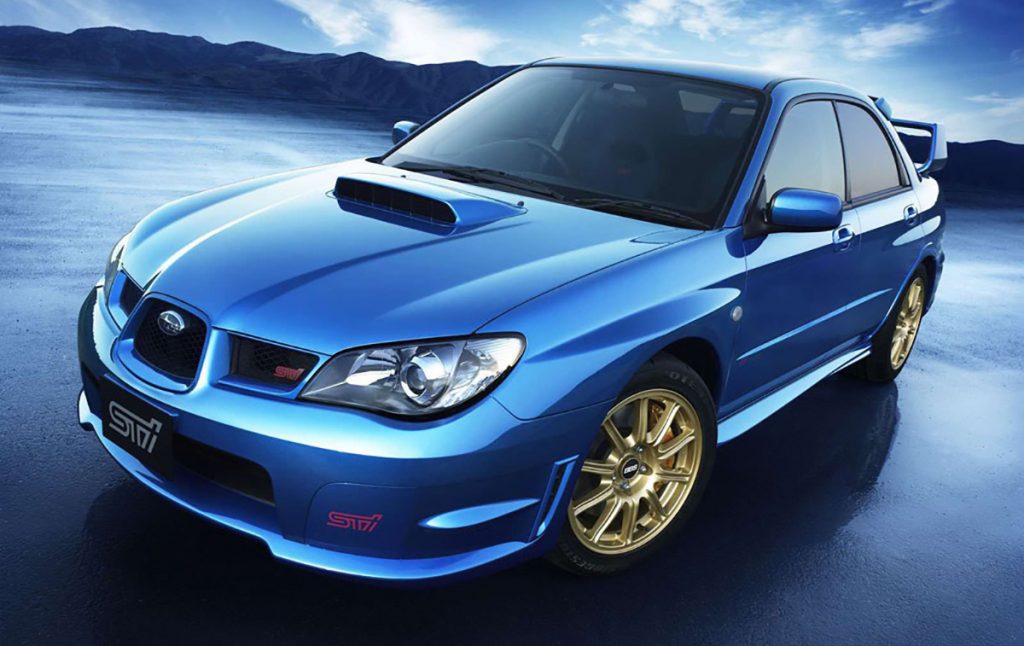
2007
With compact sedan buyers scrambling for the Corolla Altis, Civic, and then-new Impreza, the Mitsubishi Lancer seemed to have been forgotten—until MMPC unleashed the drop-dead gorgeous Lancer EX in MX and GT-A flavors.
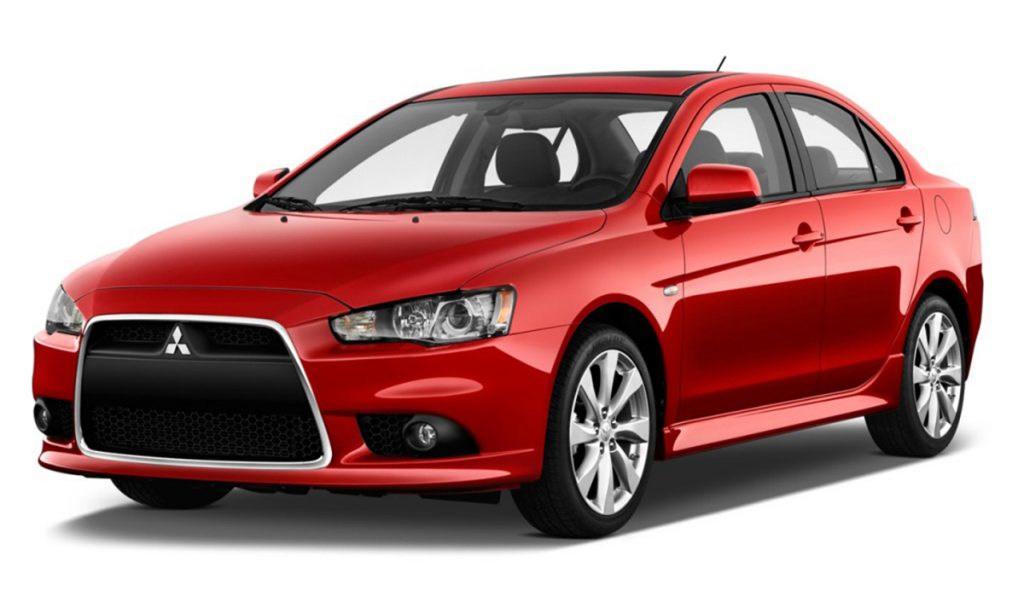
2008
The Toyota Vios becomes the bestselling car in the country for the first time—a title it would hold every year since then (with the exception of 2017, when Fortuner was No. 1).
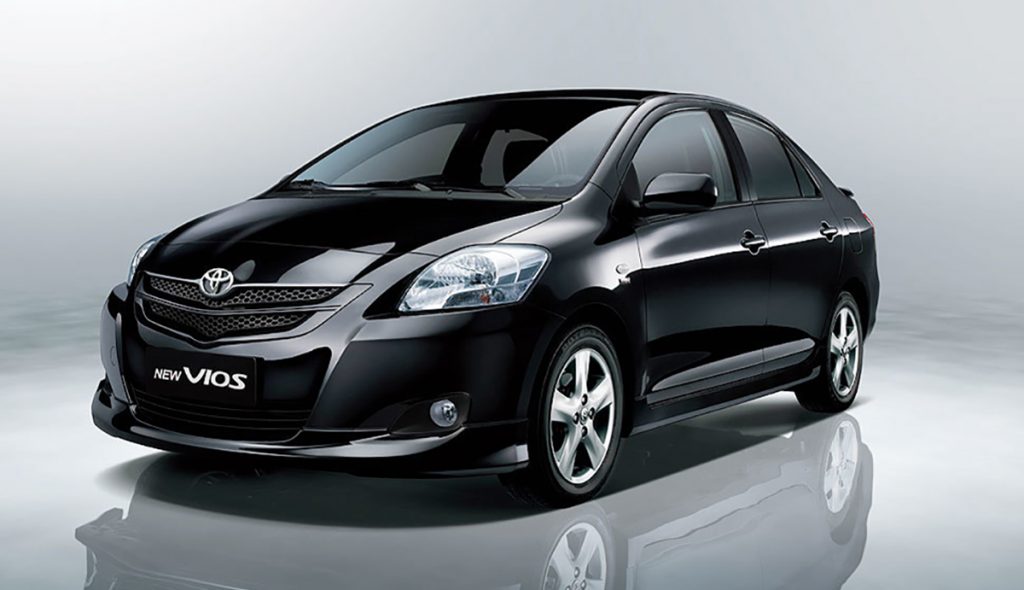
2009
After the closure of GM Philippines, Chevrolet makes a comeback, this time under the auspices of The Covenant Car Company Inc. (TCCCI), which is composed mainly of the veteran team behind Volvo in the Philippines. The year 2009 also saw the opening of the first Lexus dealership in the Philippines, which is now a landmark in Bonifacio Global City. And as if it wasn’t busy enough, Toyota also introduced the Prius, which became the first hybrid model in the Philippines.
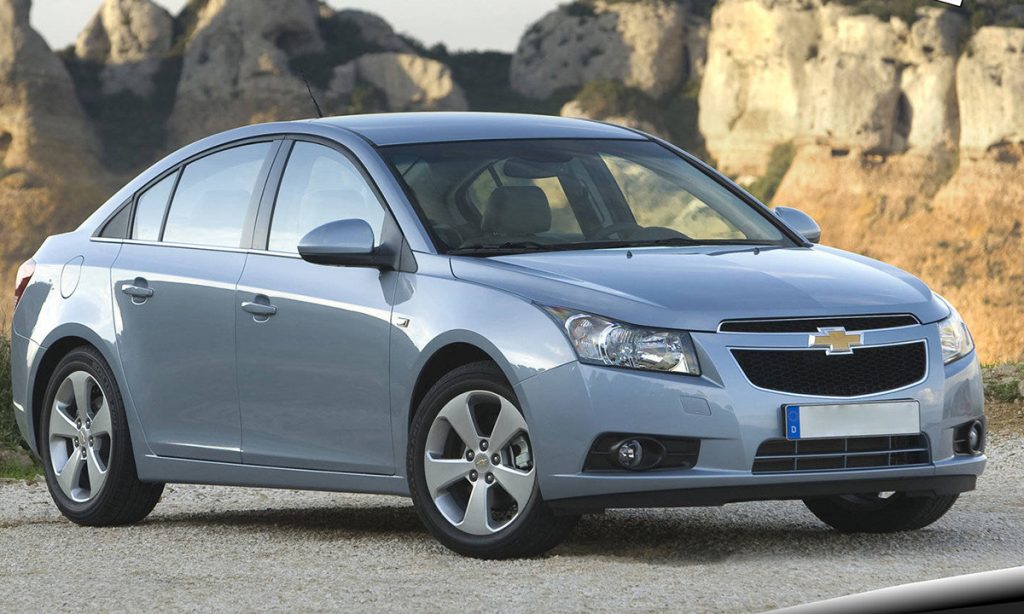
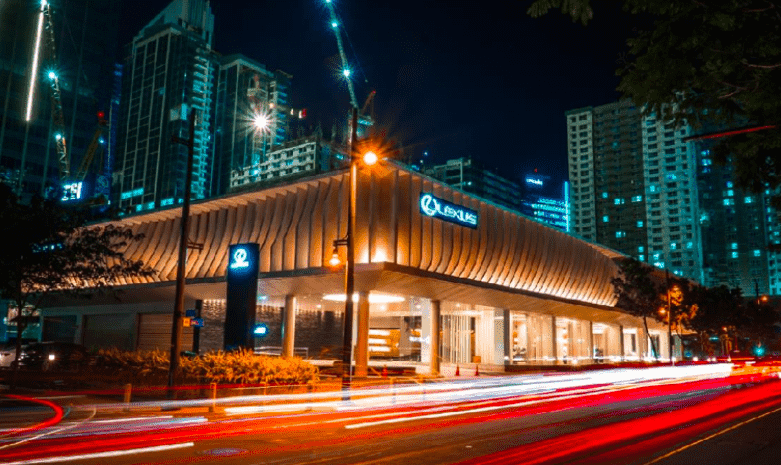
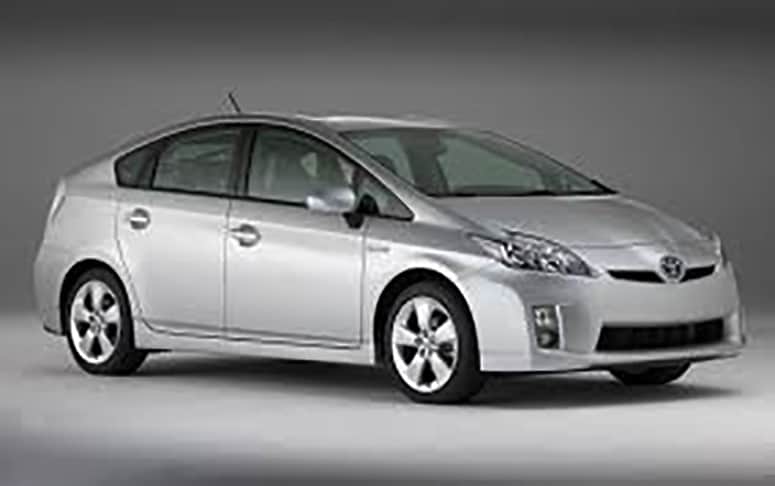
2010
MINI enters the Philippine market via the Autohub Group, enabling legions of Filipinos to experience first-hand one of the most iconic and fun-to-drive automobiles in the world.
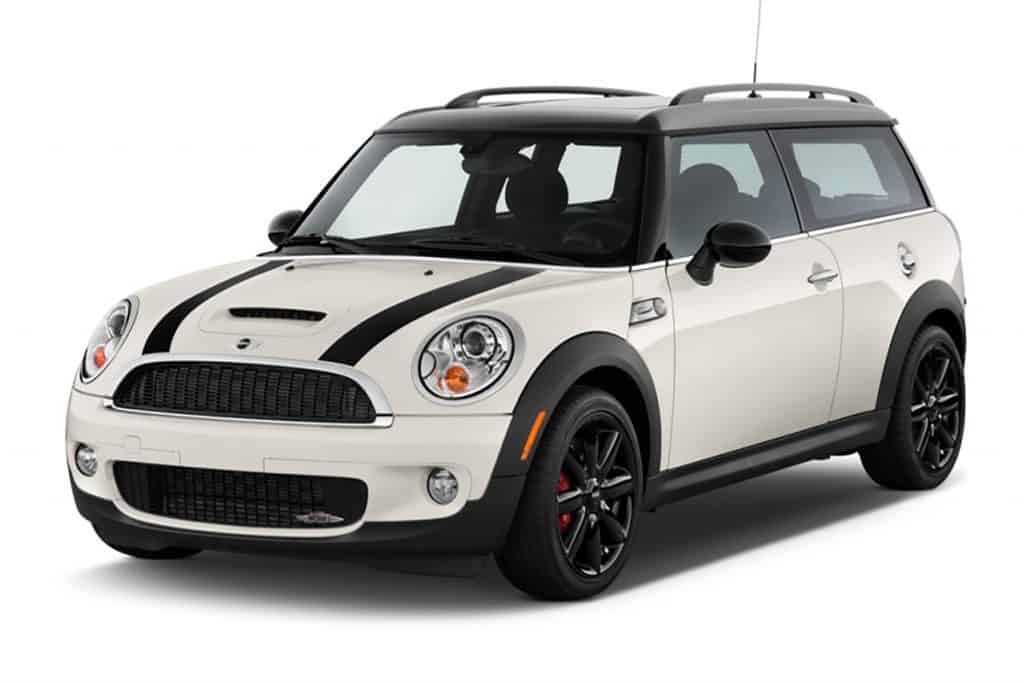
A downturn year to forget
2011
Local (and even regional and global) automotive production and sales went down due to the earthquake and tsunami in Japan and flooding in Thailand, resulting in supply and production shortages in many markets.
Recovery and robust growth
2012
Ford closes its Sta. Rosa plant, even as its sales continue to grow. (Most of its models come from Thailand and North America.) Counteracting the plant closure was the well-received launch of its iconic muscle car, the Mustang.

2013
Mazda, previously distributed under Ford Group Philippines, goes it alone as it restarts local operations, refreshed and revitalized as Bermaz Auto Philippines. Volkswagen also reenters the Philippine market in the same year under the Ayala Group’s AC Motors, with an array of well-known models like the New Beetle, Golf, Polo, Jetta, Passat, and Touareg.
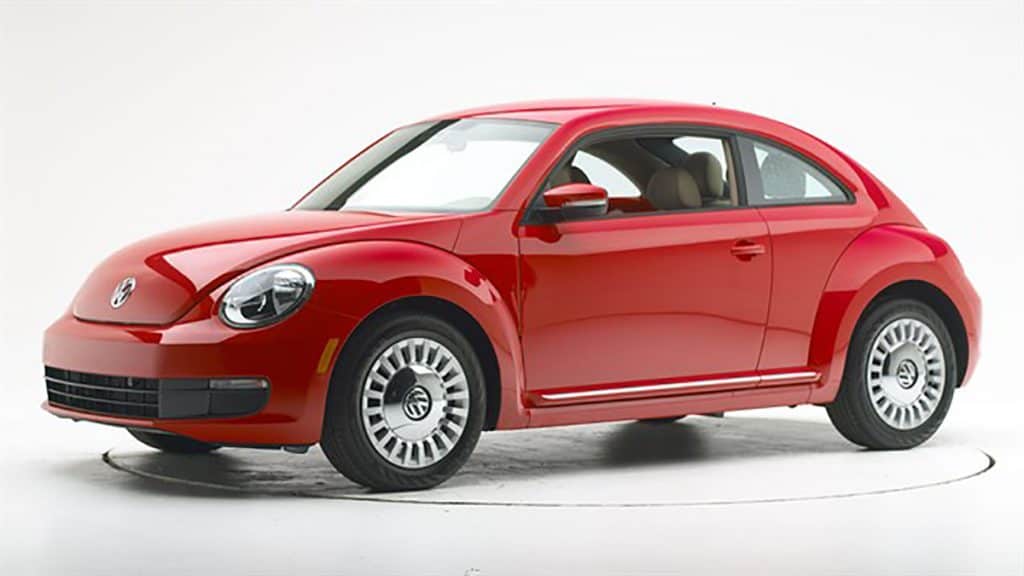
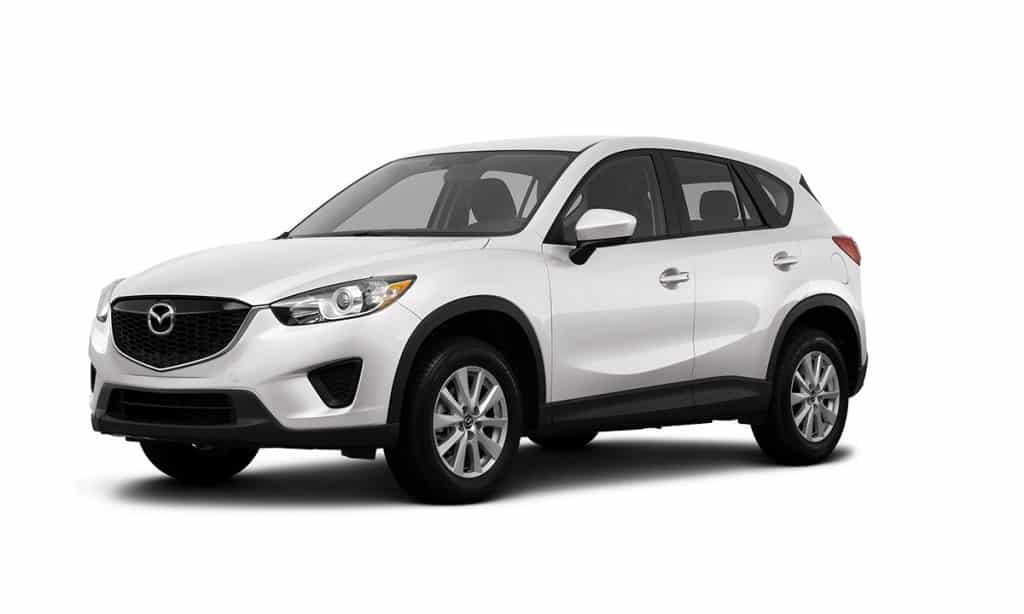
2014
Toyota holds the inaugural Vios Cup at Clark International Speedway, with a then-biggest-ever field of 30 racecars in one grid. This writer was fortunate to have participated in the race, starting from a lowly 26th on the grid and finishing five positions better in 21st. Mitsubishi also acquires the mothballed Ford plant as it gears up to increase local production of the Mirage
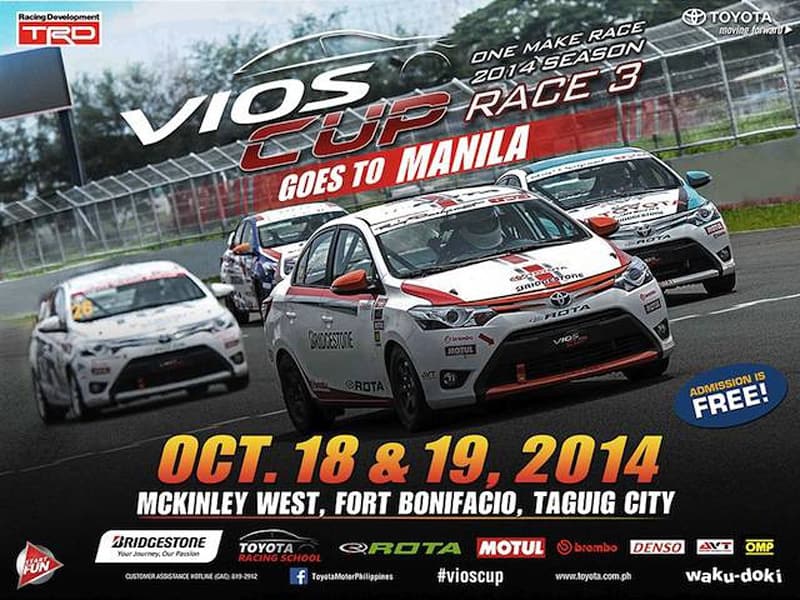
2015
Filipinos finally have a showroom for the magnificent, extremely exclusive, and breathtakingly expensive Rolls-Royce. The local car industry also enjoyed record sales growth of over 20 percent (although it’s doubtful Rolls-Royce had anything to do with that).
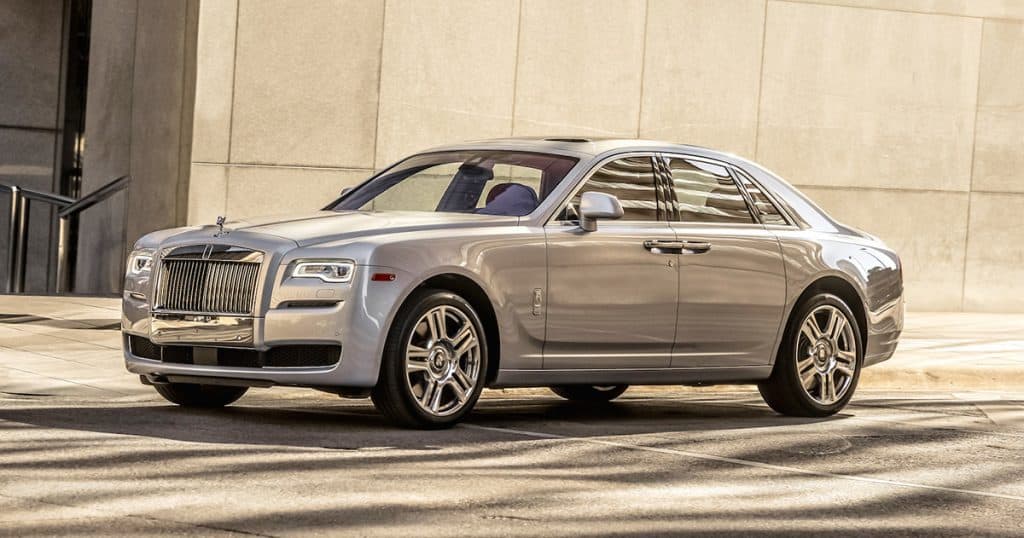
2016
Toyota and Mitsubishi (with the Vios and Mirage, respectively) join the government’s CARS program, designed to increase local investment, production, and employment. The program offered tax incentives for carmakers that could produce 200,000 units of the same model in six years (recently extended another three years due to the ongoing pandemic). Other noteworthy milestones in 2016 were the launch of the phenomenal Nissan GT-R and the return of Korean brand Ssangyong under Berjaya Motor Philippines.
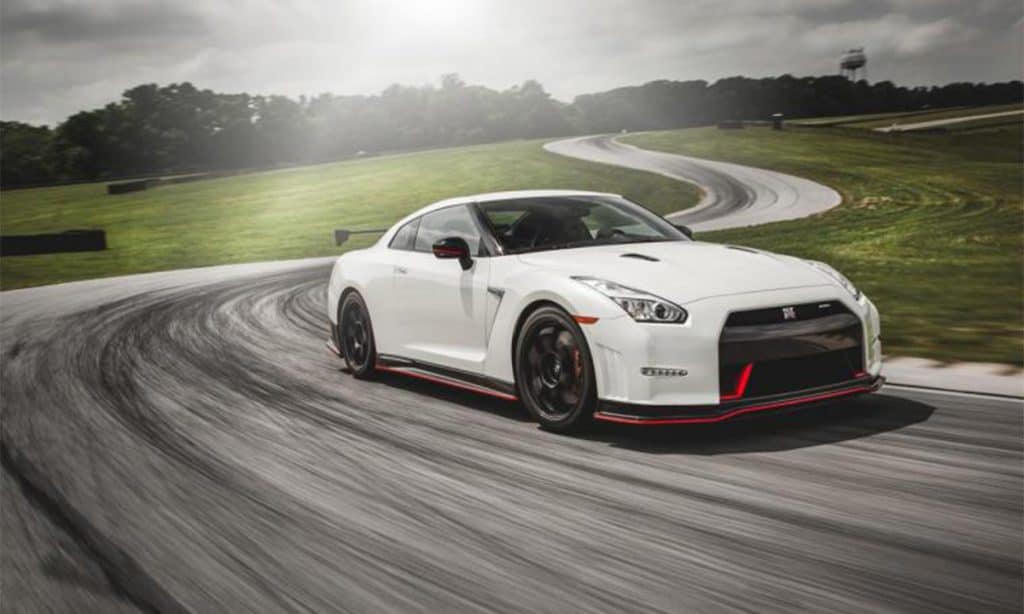
2017
Coventry Motors Corp. becomes the new official Philippine distributor of Jaguar and Land Rover with its first showroom along EDSA (the second would be in BGC).
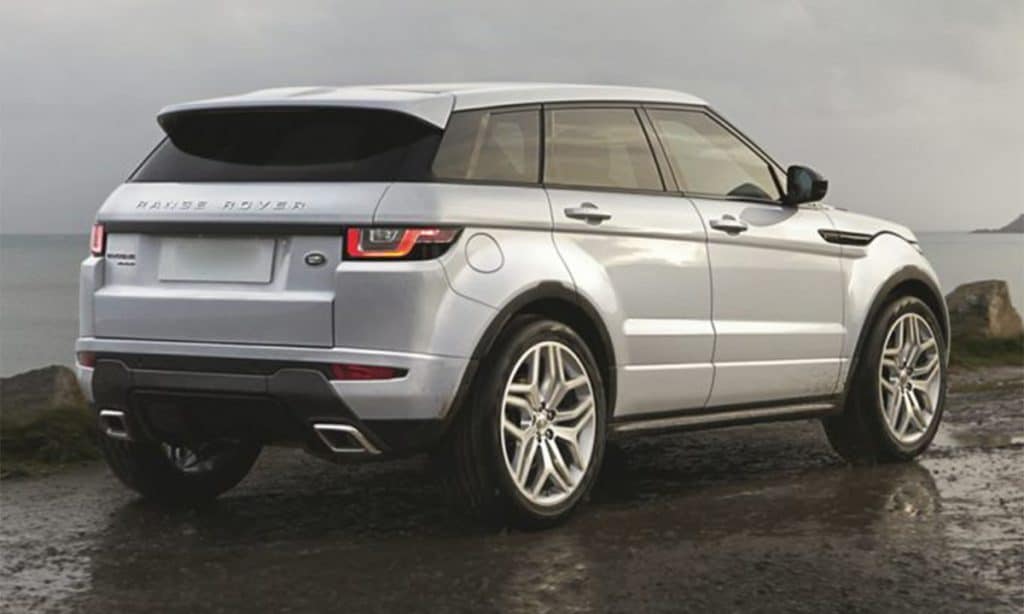
Chinese brands go full blast
2018
Chevrolet distributor, The Covenant Car Company Inc., adds another brand in its portfolio with MG, the venerable British sports car maker now owned by Chinese giant SAIC. Their top-down sports cars of the 70s are no more, replaced by stylish and well-equipped sedans and SUVs. More importantly, the new breed of MGs come with very irresistible price points, putting them into people’s garages faster than any new car brand in recent history.
Furthering the Chinese onslaught is the introduction of VW’s new China-sourced models, led by the much more affordable Santana, Lavida, and Lamando, as the pricey German models exit stage left. But wait, there’s more—more news about yet other Chinese brands, GAC and JAC, as those two brands also start Philippine operations.
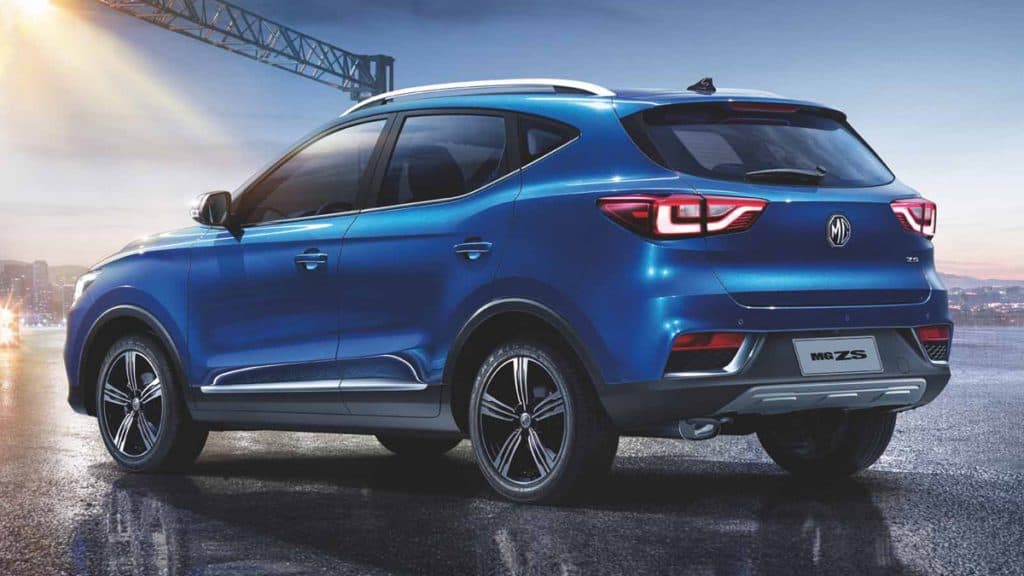
2019
The biggest news of 2019 was Kia, long distributed locally by the Alvarez Group’s Columbian Autocar Corp., now goes to the Ayala Group’s AC Motors umbrella. Also making headlines throughout that year were the debuts of new car brands: Maxus (also under AC Motors) in June, followed by Geely (under Sojitz G Auto PH) in September, and Chery (through Foton distributor United Asia Auto Group Inc.) in October. The latter two brands would join MG as the unofficial triumvirate of Chinese brands poised to take the mantle from the established brands—thanks to their stylish designs, extensive standard equipment lists, and affordable prices.
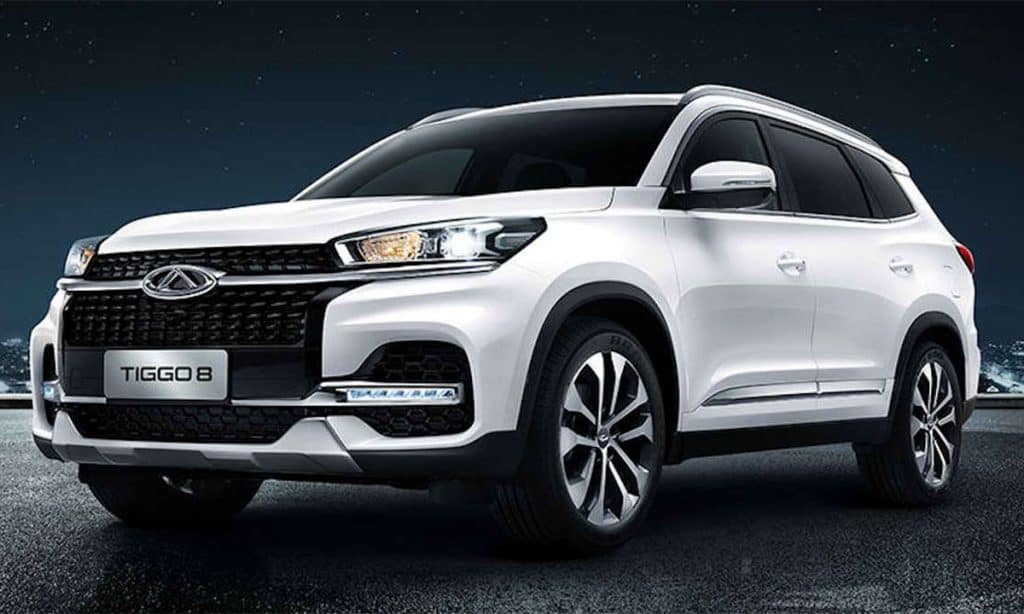
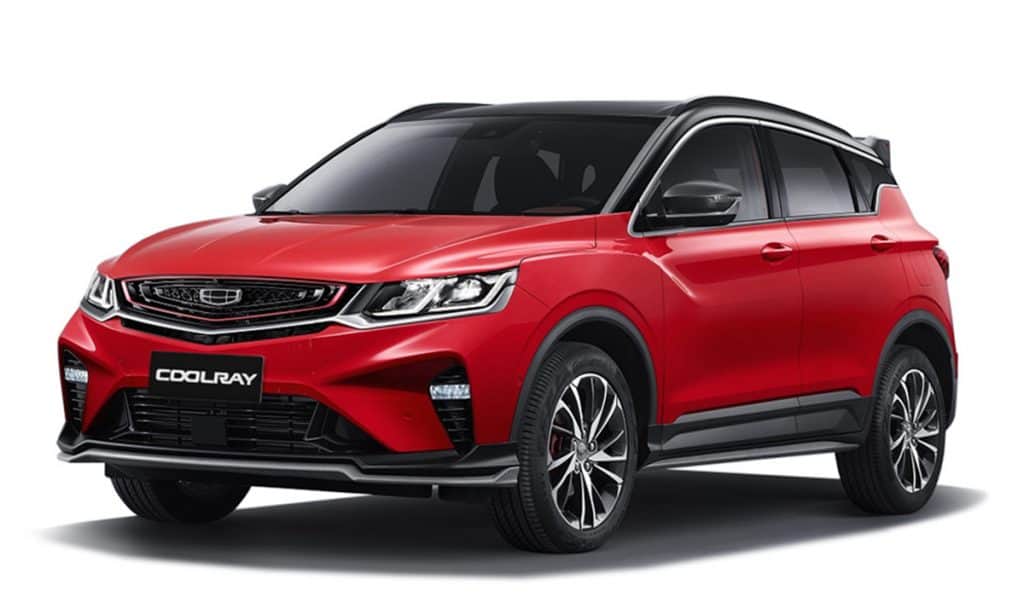
Electric future starts in a pandemic
2020
By any measure, 2020 was annus horribilis—no thanks to a novel coronavirus (which was preceded by Taal’s eruption early in the year). Covid-19 wreaked havoc everywhere. Car sales were decimated. Honda closed its Philippine manufacturing plant (although it may have been part of a long-term plan as much as an effect of the pandemic). Factories had to halt production due to quarantine requirements as well as the need to pare down output as dealers got saddled with bloating inventory.
Nonetheless, there were some bright sparks—two of which were almost literal sparks as a couple of electric cars made their Philippine debut. The more famous one is the sensational Porsche Taycan. The other, and much more attainable, one was the P1.9 million Chery Arrizo 5e EV (which was actually the country’s first-ever electric vehicle one can buy).
More Chinese brands come in—this time it’s Changan (brought in by the team behind HARI) and Kaicene (which is actually the commercial vehicle side of Changan and brought in by Berjaya Auto Asia Inc.).
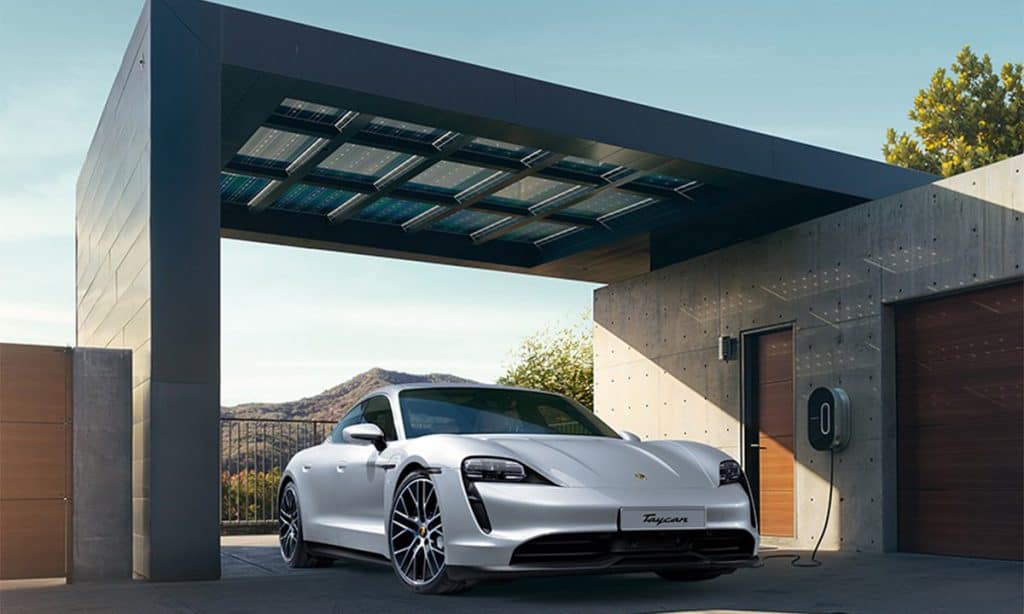
2021.
The year is far from over but Toyota is still lording it over the rest of the industry. And as if they’re not busy devising ways to sell more cars, the industry leader reignites local motorsports (physical, not virtual races) with the return of the popular Vios Cup to the racetrack. Further snowballing electric car availability and awareness in the country, Nissan launches the LEAF, one of the world’s bestselling pure electric vehicles. Volkswagen also takes a renewed stab at the premium segment with the luxurious Multivan Kombi, which starts at just under P3.6 million.
